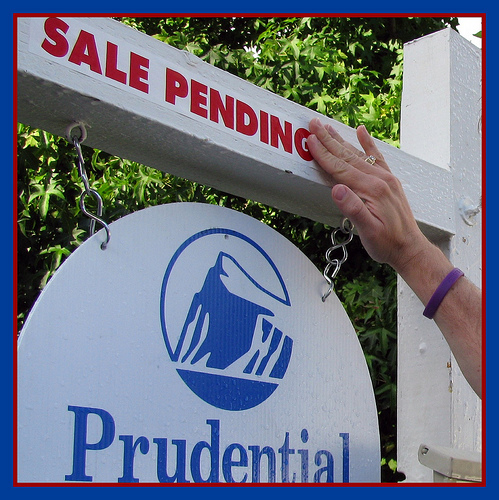
In order to properly plan for your business success, you need to know the steps typically required to complete a sale and how long it will take to do so. This process is referred to as the sales cycle and you will also find it varies based upon the product or service you are selling.
Milestone 1: Initial contact
The place to begin tracking the sales cycle is with the prospective client’s initial contact with your business. For an online product, this is probably when the prospective client signs up for your email list. This is the point where your prospective client has given you permission to begin marketing to them.
For a higher value product that requires personal selling, the initial contact point might be when you meet them at a trade show or conference. By visiting your booth and allowing you to swipe the show badge or sharing a business card with you, they are giving you permission to contact them regarding your product or service.
The sales process
The details of the sales process vary based upon the type of product or service you are selling. What does not change are the basic steps required to close a sale. Once the prospective client has given you permission to contact them, following the steps will greatly enhance your chance of sales success. By understanding your sales cycle you can determine when it’s working properly and when it requires refinement and improvement.
For example, I recently stopped in a car dealership and expressed serious interest in a used car they had just gotten in on a trade. The car had not been safety inspected and was not ready for a test drive, but I gave the sales person my name and number. In other words, I gave that person permission to call me. He never called back, I got busy and as far as I know that car is long gone. Had he taken the time to make one phone call, there is a pretty good chance I’d have found a way to buy that car.
Milestone 2: Key process steps
Let’s say you are selling an online service that allows for a free-trial signup. Once your prospective client has signed up for the email newsletter, your next milestone goal would be to get them to sign up for a free-trial of the service. It’s important that you don’t push them to sign up too early. Instead, make sure you have sent enough emails to clearly explain the key benefits of the service to them. Avoid technical details and focus on results. Keep it simple. No more than two or three benefits should be required to convince them to give the service a try.
With that free-trial signup, you’ve moved a long way along in the sales process. Now the trick is to not be like that car salesman and miss the next step. That next step likely converts the prospect into a customer if you have done everything else right along the way. And that next step could be as simple as an email reminder that the free trial is about to expire. Perhaps that email is customized and tailored based upon how the prospect has utilized the service during the free-trial period.
If you’re working in a high-value personal selling environment, that next step might be when they agree to an onsite or webinar-based demonstration of your product or service. It’s a big step when a prospect opens up their schedule to review your offering. Again, don’t blow it by not following up with a pricing proposal and the appropriate phone calls and emails to make certain your proposal is understandable and provides the information they require to make their decision.
Milestone 3: The sale
From the standpoint of the sales cycle, we consider it to begin and end when we click the stopwatch. It’s that average time from initial contact to sale that we need to understand in order to accurately predict future sales. You also need to understand which of the steps in the process are critical to a successful sale and which might not be. Sometimes removing the unnecessary steps not only shortens the sales cycle but also improves your success rate.
It’s also important to remember that when the initial sales cycle is complete, you are just getting started on two new cycles: the customer service cycle and the followup sales cycle to ensure a subscription renewal and/or product upgrade or enhancement.
I have to say I really need to polish my sales process especially in eliminating steps.
Let’s say I already have a package to recommend on our first meeting vs. Creating a proposal and having to meet with the prospect again.
Raul – Thanks for bringing that up. That’s sort of a fork in the process. You went in thinking you’d be creating something custom but there is an out of the box solution you can sell them that has a set price. At least put that offer on the table and move to close the deal right then and there. That is of course assuming the out of the box solution is a good fit for your prospective client. 🙂
Yes I need to find a happy medium. Example today I get a request by a CPA firm that they need a website they wanted a proposal without me even having a chat with them. In that case I don’t even know if the client is a fit for me and my team. So many other aspects that can be misunderstood I passed on the opportunity.